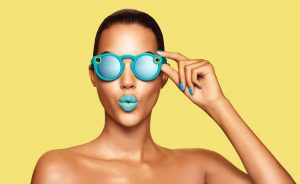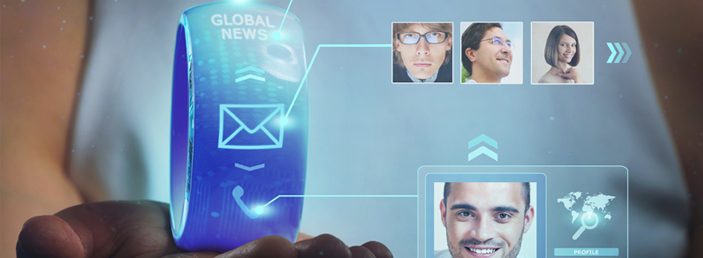One of the only areas of the wearables technology market that has matured to the point where its advocate base is wider than just early adopters, is fitness trackers.
Por Jon Kennard
Sure, recently we’ve seen Nike release real-life versions of the clothing tech from Back to the Future 2 but coupled with a prohibitively high price tag for most, these are unlikely to go much beyond shares and likes across social media for the few days after the story breaks. But as more tech companies realise the potential of wearable devices and more fashion brands warm to the idea of smart clothing, we’ll see two huge industries that will try – and often combine – to make wearables more than just a sought-after christmas gift for 2016/2017.

Let’s not forget the fun side of wearables: Who would have thought that Snapchat would have stolen the march on Google with its Spectacles being such a hit? Snap Inc, owners of Snapchat, one of the fastest growing and most successful social networks of the last two years, took its virtual specs, made them real and in the process may have discovered how to get the younger generation hooked on wearables: A consumer accessory priced for the mass market that works effortlessly with your social media profile. But: will it link into the wearables ecosystem and if so, how?
The umbrella term of ‘wearables’ is widening as fast as the market itself is changing: as we covered before, wearables may come to describe not just technology that’s ON you but technology that’s IN you too. Smart jackets and fitness trackers will mature and stabilise in price (and for those who don’t use an activity tracker, expect more clothing brands to develop fitness and wellbeing apps for your smartphone), but driven by healthcare, fitness and insurance, we are going to see an incentivised drive in wearables for insurance premium discounts as well as to reduce the burden on underfunded health services.
This piece from Gartner lists biometric authentication as one of its trends for 2017 and 2018. Beyond the rollout of all passports it’s still a technology at the fringes. Biometric tattoos, cochlear implants and smart blood transfusions would be nice, but are most likely years off. Elsewhere on the list, the more likely candidates for mass adoption (or proliferation at least) are embedded security tech, VPAs (virtual personal assistants – already here but improving all the time), and mobile health monitoring.
Versions of these you can already find in your latest Android or Apple OS, and they’ll only get better at understanding what keeps you fit, healthy and switched on.
Right now though? Snapchat could be the place to look. Quick, before it disappears…
(c) inithealth / Elle
Fonte: iottechexpo.com
Fotos: iottechexpo






























